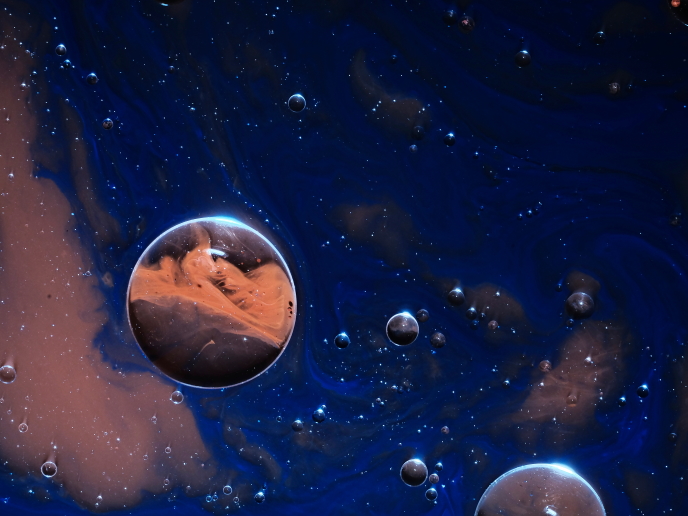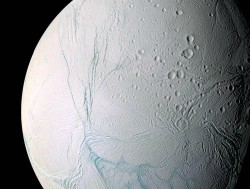Comet evolution key to understanding the cosmos
Comets are believed to be the most pristine survivors of our solar system’s formation, potentially providing us with clues about the prevailing conditions at that time. To interpret these clues however we first need to understand how comets work, and the extent to which they have escaped processing over the age of the solar system. “This was the context for the THEMISS(opens in new window) project,” explains project coordinator Aurelie Guilbert-Lepoutre from the National Centre for Scientific Research(opens in new window) (CNRS) in France. “We wanted to understand the degree of thermal processing of comets in general, and over the age of the solar system in particular.”
Exploring the thermal processing of comets
The THEMISS project, which was supported by the European Research Council(opens in new window), sought to explore the thermal processing of comets from their storage in outer solar system reservoirs (the Oort Cloud and the Kuiper Belt), and then model their evolution until today. “We wanted to first understand what properties are key to constraining the evolution of comets,” adds Guilbert-Lepoutre. “We then wanted to assess the influence of thermal processing over the age of the solar system. Over such a long timescale, accounting for the orbital evolution of comets was critical: this aspect had never been considered before to our knowledge.” The project team also set out to understand the survival of highly volatile material, with pioneering lab experiments designed to recreate cometary conditions.
Evolutionary sequence of cometary activity
This work, based on observations and numerical modelling, has resulted in several interesting findings. Among other things, analysis of large depressions in Jupiter-family comets (JFCs) enabled the team to study the complex interplay between surface structures and cometary activity. “Cometary activity tends to erase sharp morphological features – they become wider and shallower over time,” says Guilbert-Lepoutre. “From this, we were able to establish an evolutionary sequence that moves from ‘young’ cometary surfaces, with sharp surface topography prone to outbursts, to ‘old’ cometary surfaces. Our work thus provides the physical background for understanding the evolution of cometary surfaces.” Project results also suggest that all JFCs undergo multiple heating episodes resulting in significant modifications of their initial volatile contents. “This suggests that the layers that contribute to cometary activity observed today are not representative of their origins,” notes Guilbert-Lepoutre.
Cometary observations in context
The project has underlined that understanding thermal processing sustained over the age of the solar system is essential to putting any comet observation into its broader context. “We suggest that all comets have been modified since their formation,” says Guilbert-Lepoutre. “Accounting for these modifications is important, if we are to use their properties as clues to the formation of the solar system. We also show that some comets have sustained relatively limited processing, which is very positive and hopeful!” A number of predictions put forward will now be tested in future observations and missions. “Having this theoretical baseline from the THEMISS project will definitely help to interpret the large amount of data coming in the next years,” adds Guilbert-Lepoutre. The lab-based experiments on volatile materials are still ongoing, and Guilbert-Lepoutre is hopeful that she will be able to fully characterise the water-gas deposits in conditions relevant to cometary nuclei. “This is a new, interdisciplinary line of research which will extend beyond the duration of the project,” she remarks. “We are working toward publishing the results, with the aim of securing additional funding for the future.”





